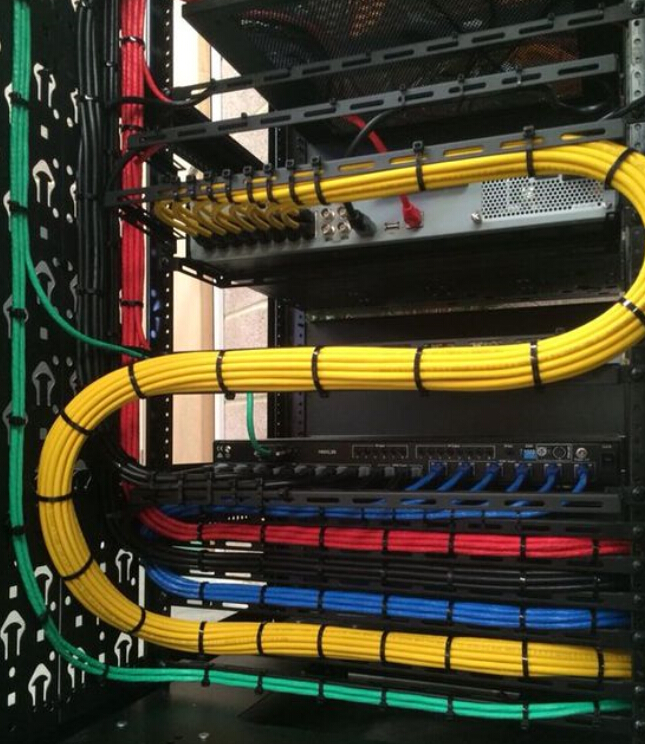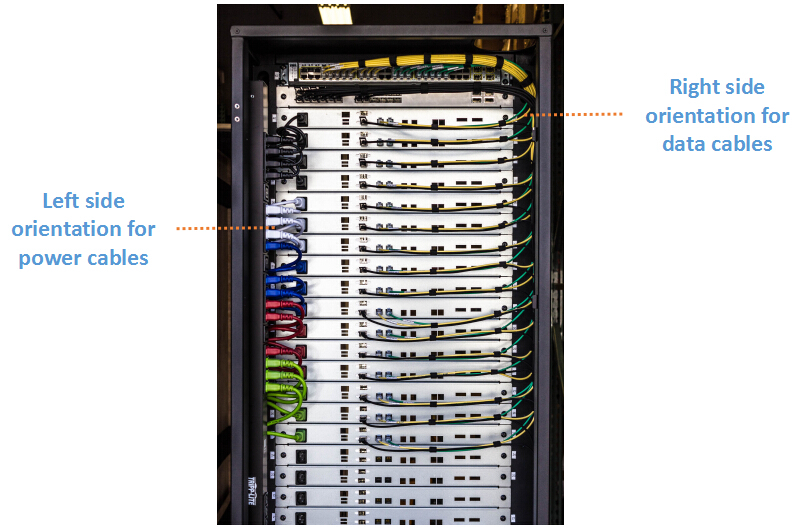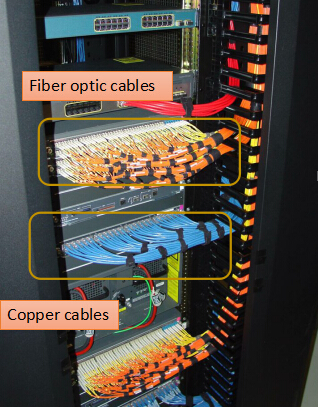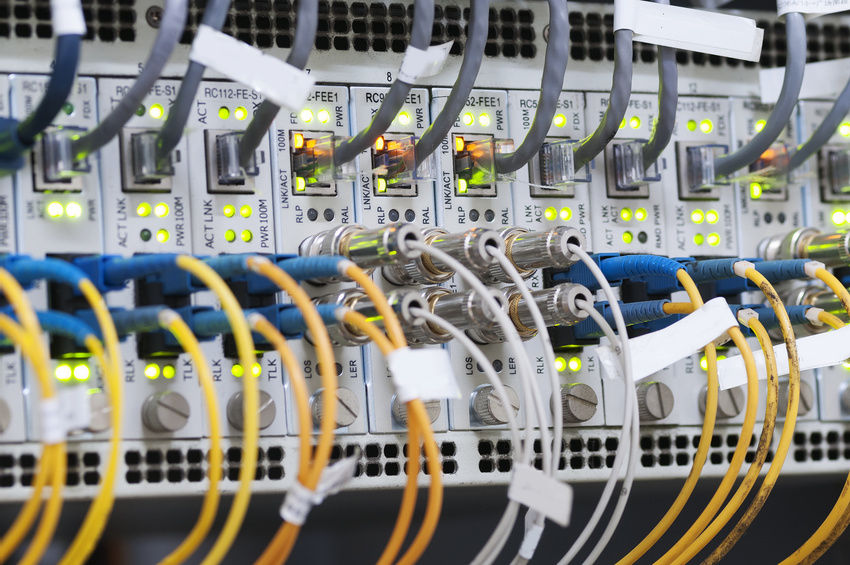The proliferation of the cloud network and virtualization has brought higher network demands, which means data centers and network closets need to house and support an abundance of power and data cables. It is obvious that fail to deliver proficient cable management within a server rack can be devastated, either for network efficiency and performance, or for the overall look of the data center. The biggest challenge therefore is server rack cable management. This article intends to guide you through the process of achieving effective server rack cable management.

Benefits of Server Rack Cable Management
Here comes a frequently asked question: what exactly can data center operators benefit from valid rack cable management? The aspects listed below may explain.
Improved system performance: rack cable management incline to separate power and data cables within the racks, which greatly decrease the chance for crosstalk and interference between power and data cables.
Enhanced availability: mess of cable sometimes may confuse data center operators, resulting in human error that leads to an assortment of problems to the overall system. Effective rack cable management allows easier cable and IT device management, yet to reduce human error.
Improved maintenance and serviceability: effective rack cable management also ensures easier and safer access to individual components.
Increased cooling efficiency: by allowing hot exhaust air to escape out the back of the rack, cable management keeps cables organized and out of critical airflow paths.
Improved scalability: rack cable management simplifies moves, adds, and changes, making it easier to integrate additional racks and components for future growth.
Steps for Achieving Server Rack Cable Management
Then, we have made clear the importance and advantage of rack cable management. But how to achieve a well-organized and aesthetic appealing data center? We offer this seven-step guide for successful rack cable management.
Step One: Plan appropriately. Planning serves as the very primary stage for power and data cable management in server racks. An appropriate planning contributes to deliver smooth rack cable management process. Consulting a professional cabling contractor can be beneficial to complete the entire project.
Step Two: Determine the routes for power cables and data cables. First to consider if the power and data cabling will enter from the top or bottom of the rack. Then, determine the routes to separate power and data cables, and copper data cables and fiber. This helps to prevent erratic or interference from degrading the performance of the system.


Step Three: Identify cables. Good cable identification and administration are investments in infrastructure. Implement best practices like using colored cables as well as labeling cables to ensure easier cable identification, which contributes a lot to rack cable management.

Step Four: Route and retain cables. Cables must be protected at points where they might rub or contact with sharp edges or heated areas. Rack cable management accessories like flexible cable tie and cable management arms can be used to route and retain cables.

Step Five: Secure cables and connectors. Cables and connectors should be secured to prevent excessive movement and to provide strain relief of critical points.
Step Six: Avoid thermal issues. Ensure the airflow path is rather important, since restrained airflow can cause temperatures rise. Sustained higher temperatures can shorten devices’ expected lifespan and lead to unexpected failures, resulting in unscheduled system downtime.
Step Seven: Document and maintain organization. Documenting the complete infrastructure including diagrams, cable types, patching information, and cable counts is important for future cable management. IT managers should commit to constructing standard procedures and verifying that they are carried out.
Conclusion
Effective rack cable management helps to improve physical appearance, cable traceability, airflow, cooling efficiency and troubleshooting time while eliminates the chance for human error. Meanwhile, power and data cable management within server racks also ensures the health and longevity of your cables. Hope what we discussed in the article is informative enough.

No comments:
Post a Comment